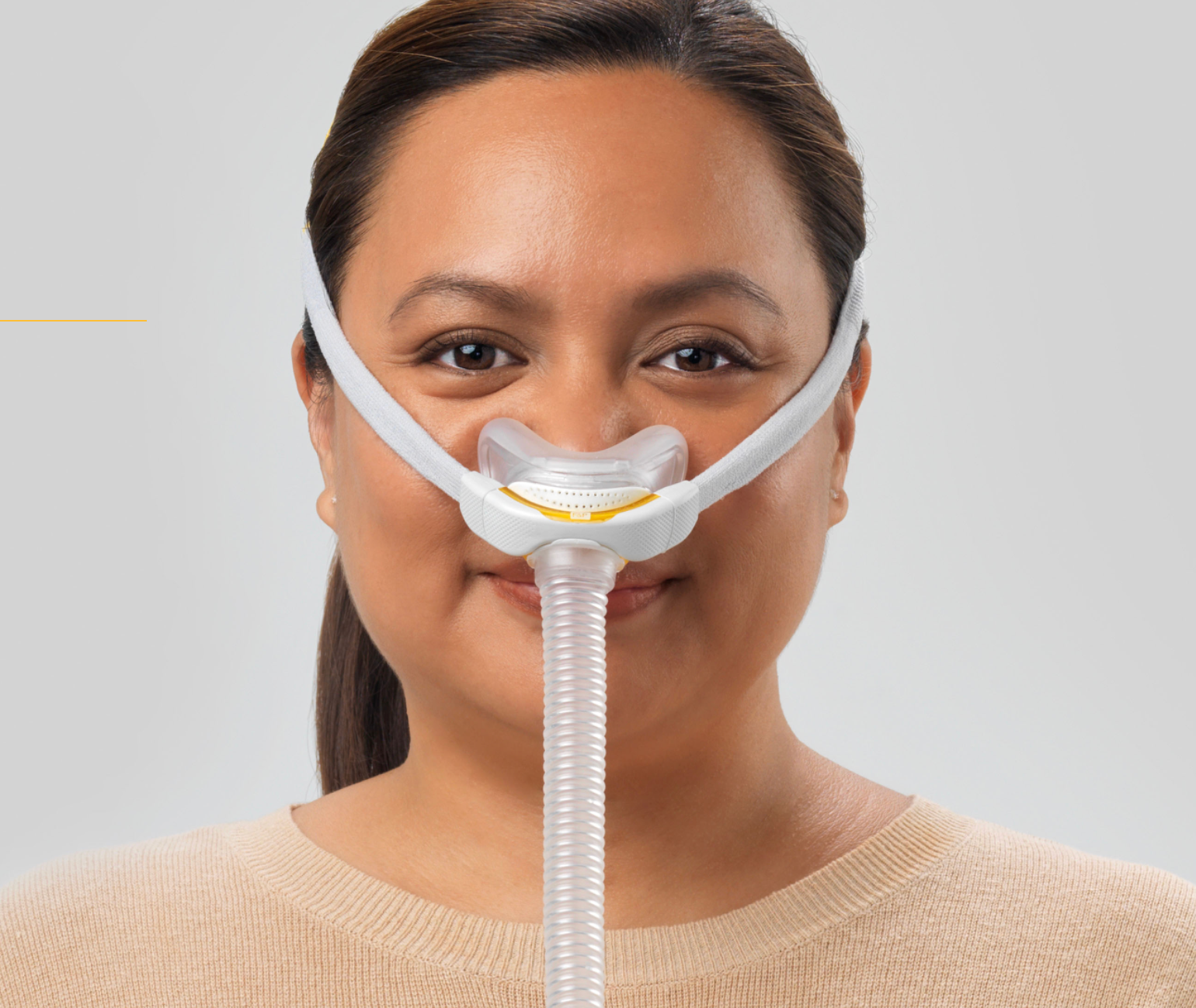Severe Coronary Heart Disease as a Risk Factor for Obstructive Sleep Apnea: Insights from a Population-Based Cohort Study
Key Points
- Research suggests a link between severe coronary heart disease (CHD) and increased risk of obstructive sleep apnea (OSA).
- It seems likely that patients with severe CHD, especially those needing procedures like percutaneous coronary intervention (PCI), have a higher chance of developing OSA.
- The evidence leans toward a stronger association in older patients, particularly those aged 70 and above.
- There is some controversy about how well these findings apply to populations outside Taiwan, given the study’s focus.
Introduction
Coronary heart disease (CHD) is a condition where the heart's blood vessels narrow, often leading to chest pain or heart attacks. Obstructive sleep apnea (OSA) is a sleep disorder where breathing repeatedly stops and starts, which can strain the heart. Both conditions can worsen each other, making it important to understand their connection.
Study Findings
A recent study from April 2025 looked at how the severity of CHD affects the likelihood and severity of OSA. It found that patients with severe CHD, especially those who had a procedure called percutaneous coronary intervention (PCI), were more likely to develop OSA compared to those with milder CHD. This link was even stronger in patients aged 70 and older.
Implications for Patients
This research suggests doctors should screen CHD patients, particularly those with severe cases, for OSA to catch it early. However, the study has limits, like focusing on Taiwan, so more research is needed to see if these findings hold worldwide.
Survey Note: Detailed Analysis of CHD Severity and OSA Incidence
Background and Context
Coronary heart disease (CHD) and obstructive sleep apnea (OSA) are significant public health concerns with overlapping risk factors and pathophysiological mechanisms. CHD, characterized by the narrowing or blockage of coronary arteries, is a leading cause of morbidity and mortality globally. OSA, defined by recurrent episodes of partial or complete upper airway obstruction during sleep, leads to intermittent hypoxia, sleep fragmentation, and increased cardiovascular strain. The bidirectional relationship between these conditions—where each can exacerbate the other—has been increasingly recognized in clinical and research settings.
A study published on April 11, 2025, in Scientific Reports titled "The severity of coronary heart disease and the incidence and severity of following obstructive sleep apnea: a population-based cohort study" provides a detailed examination of how CHD severity influences OSA development. This survey note expands on the study's methodology, findings, and implications, offering a comprehensive overview for researchers, clinicians, and students.
Study Methodology
The research utilized the National Health Insurance Research Database (NHIRD) from Taiwan, covering data from January 1, 2000, to December 31, 2020, which includes healthcare information for over 99% of the population. This retrospective cohort study design allowed for a large-scale analysis of CHD patients categorized by disease severity:
- Severe CHD: Patients who underwent percutaneous coronary intervention (PCI).
- Moderate CHD: Patients with CHD who did not undergo PCI.
- Mild CHD: Patients receiving medical treatment only.
The study adhered to the Declaration of Helsinki, with ethical approval from the National Health Insurance Administration and Chung Shan Medical University Hospital (project code: CS2-23044), and waived written informed consent. Patient selection involved defining CHD using International Classification of Diseases (ICD)-9/ICD-10 codes from 2014 to 2019, requiring blood tests (complete blood count, white blood cell count, cholesterol, triglyceride, high-density lipoprotein, low-density lipoprotein, electrocardiogram) before diagnosis, and at least two visits to internal, family, or cardiovascular departments within two months. The index date was set at six months post-CHD diagnosis, with exclusions for missing demographics, death before the index date, age less than 20 or greater than 100, fewer than two CHD outpatient visits, index date before 2015 or after 2019, and OSA diagnosis before the index date.
Groups were formed as follows: the CHD-PCI group (severe, 296,544 patients) versus the CHD group (medical treatment, 593,088 patients) after 1:2 propensity score matching (PSM) with covariates including year of diagnosis, index year, age, sex, economic status, hypertension, diabetes, hyperlipidemia, cerebrovascular disease, and peripheral vascular disease, using a caliper of 0.01 and ensuring an absolute standardized difference (ASD) less than 0.1.
The primary outcome was an OSA episode, defined by ICD-9/ICD-10 codes, polysomnography, and diagnosis by a chest physician, neurologist, or otolaryngologist, with severe OSA further identified by additional nasal, pharyngeal, or laryngeal surgeries. Follow-up continued until OSA diagnosis, withdrawal, or December 31, 2020. Confounders adjusted for included age, sex, economic status, hypertension, diabetes, hyperlipidemia, cerebrovascular disease, peripheral vascular disease, and medications (corticosteroids, aspirin, clopidogrel, direct oral anticoagulants, statins, warfarin) for at least two years before the index date.
Statistical analysis was performed using SAS 9.4, with descriptive statistics, ASD greater than 0.1 indicating differences, Cox proportional hazard regression for adjusted hazard ratios (aHR) and 95% confidence intervals (CI), Kaplan-Meier curves, log-rank test, subgroup analyses by age and sex, interaction tests, and significance set at P<0.05, with P<0.0001 reported as such.
Key Findings
The study revealed significant associations between CHD severity and OSA incidence, detailed in the following table:
| Aspect | Findings/Conclusions | Details/Numbers |
|---|---|---|
| Study Aim | Evaluated correlation between CHD severity (based on PCI status) and OSA development. | Used NHIRD data from Taiwan, 2000–2020. |
| OSA Incidence | Higher in CHD-PCI group compared to CHD group. | 5,193 OSA events in CHD-PCI vs. 8,313 in CHD; aHR: 1.267, 95% CI: 1.220–1.315, P=0.0135. |
| Severe OSA Incidence | Higher in CHD-PCI group compared to CHD group. | 373 severe OSA events in CHD-PCI vs. 618 in CHD; aHR: 1.215, 95% CI: 1.058–1.396, P=0.0211. |
| Subgroup Analysis (Age) | Stronger association in patients aged ≥70 years. | P=0.0035 for OSA, P=0.0327 for severe OSA. |
| Cumulative Incidence | Significantly higher in CHD-PCI group for both OSA and severe OSA. | Kaplan–Meier curves, both P<0.001. |
| Conclusion | Severe CHD requiring PCI is associated with higher OSA risk, stronger in ≥70 years, increases over time. | Recommends screening CHD patients, especially severe cases, for OSA. |
| Limitations | Relies on claims data, lacks clinical details (e.g., lab results, imaging, BMI, smoking status), potential detection bias, limited generalizability to Han Taiwanese. | - |
The findings indicate that patients with severe CHD (CHD-PCI group) had a 26.7% higher hazard of developing OSA compared to the CHD group, with statistical significance (P=0.0135). For severe OSA, the hazard was 21.5% higher (P=0.0211). Age-specific analysis showed a stronger association in patients aged 70 and older, with P-values of 0.0035 for OSA and 0.0327 for severe OSA, suggesting age as a critical modifier. Kaplan–Meier curves further confirmed a significantly higher cumulative incidence in the CHD-PCI group for both OSA and severe OSA (both P<0.001).
Implications for Clinical Practice and Research
The study's conclusions emphasize the clinical relevance of screening CHD patients, particularly those with severe disease requiring PCI, for OSA. Early detection could lead to timely interventions, potentially mitigating cardiovascular risks associated with untreated OSA. Given the bidirectional relationship, where OSA can exacerbate CHD and vice versa, integrated management strategies are warranted.
However, the study's reliance on claims data introduces limitations, such as the lack of detailed clinical information (e.g., BMI, smoking status, laboratory results, imaging studies), which could influence OSA risk. There is also a potential for detection bias, as patients with severe CHD may undergo more frequent medical evaluations, increasing OSA diagnosis rates. The generalizability of findings is limited to the Han Taiwanese population, raising questions about applicability to other ethnic groups.
Future research should focus on large-scale, prospective studies to validate these findings and explore the impact of CHD severity on OSA treatment outcomes. Such studies could also investigate the bidirectional relationship in greater detail, potentially identifying causal pathways and novel therapeutic targets.
Broader Context and Supporting Evidence
The study's findings align with existing literature on the association between OSA and cardiovascular disease. For instance, a 2021 scientific statement from the American Heart Association notes that OSA prevalence is as high as 40% to 80% in patients with CHD, hypertension, heart failure, and other cardiovascular conditions. Another meta-analysis found that severe OSA significantly increases cardiovascular disease risk, with a 79% higher relative risk compared to individuals with an apnea-hypopnea index (AHI) of less than 5.
These studies collectively underscore the importance of recognizing OSA in cardiovascular patients, supporting the current study's recommendation for screening. However, the controversy around generalizability and the need for more diverse, prospective data remain, highlighting areas for future investigation.
Conclusion
This population-based cohort study provides compelling evidence that severe CHD, particularly in patients requiring PCI, is associated with a higher risk of developing OSA, with a stronger effect in older patients. While the findings advocate for enhanced screening practices, the limitations underscore the need for further research to ensure broad applicability and to explore treatment implications. As we continue to unravel the complex interplay between CHD and OSA, such studies are crucial for advancing patient-centered care.
Key Citations
- The severity of coronary heart disease and the incidence and severity of following obstructive sleep apnea: a population-based cohort study [https://www.nature.com/articles/s41598-025-97516-z]
- Obstructive Sleep Apnea and Cardiovascular Disease: A Scientific Statement From the American Heart Association [https://www.ahajournals.org/doi/10.1161/CIR.0000000000000988]
- Obstructive sleep apnea and risk of cardiovascular disease and all-cause mortality: a meta-analysis of prospective cohort studies [https://www.internationaljournalofcardiology.com/article/S0167-5273%2813%2901671-9/fulltext]








Leave a comment
This site is protected by hCaptcha and the hCaptcha Privacy Policy and Terms of Service apply.